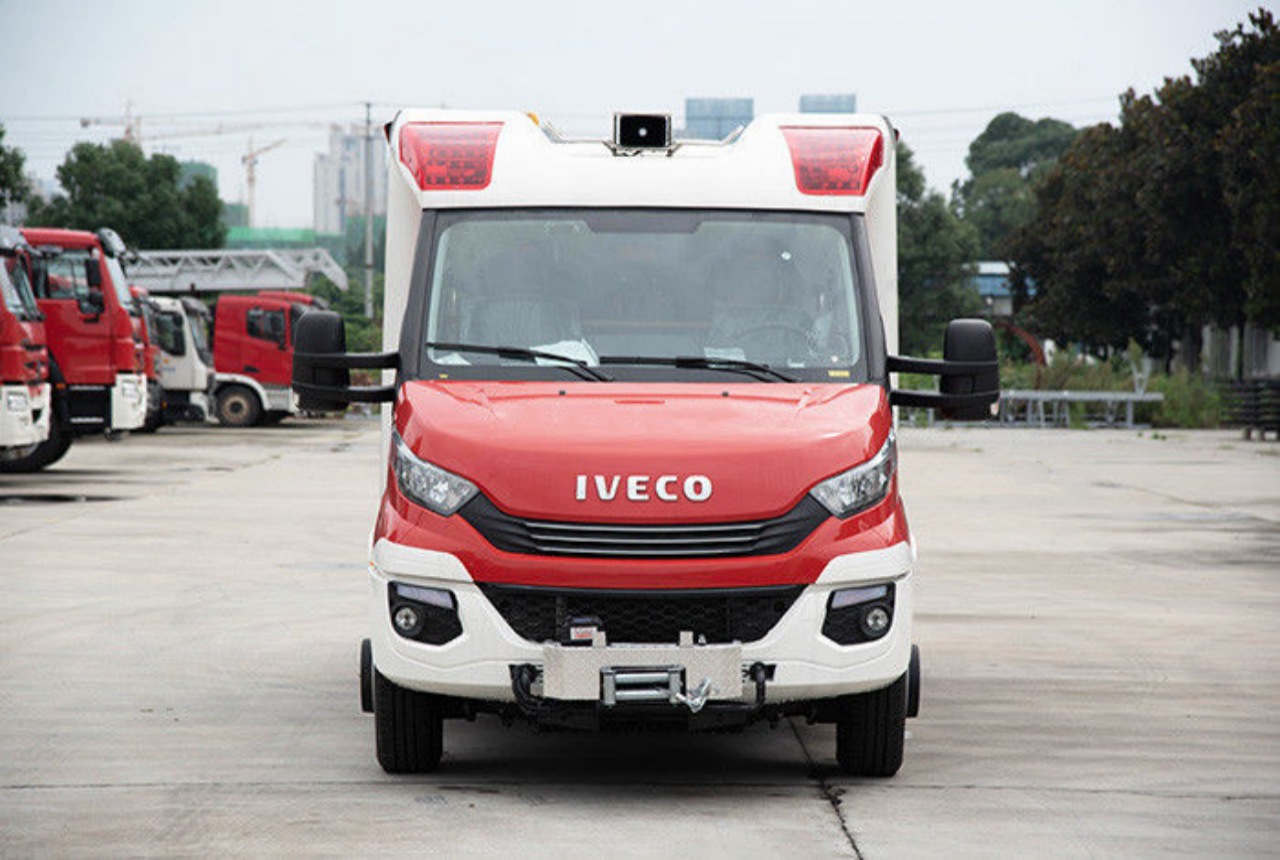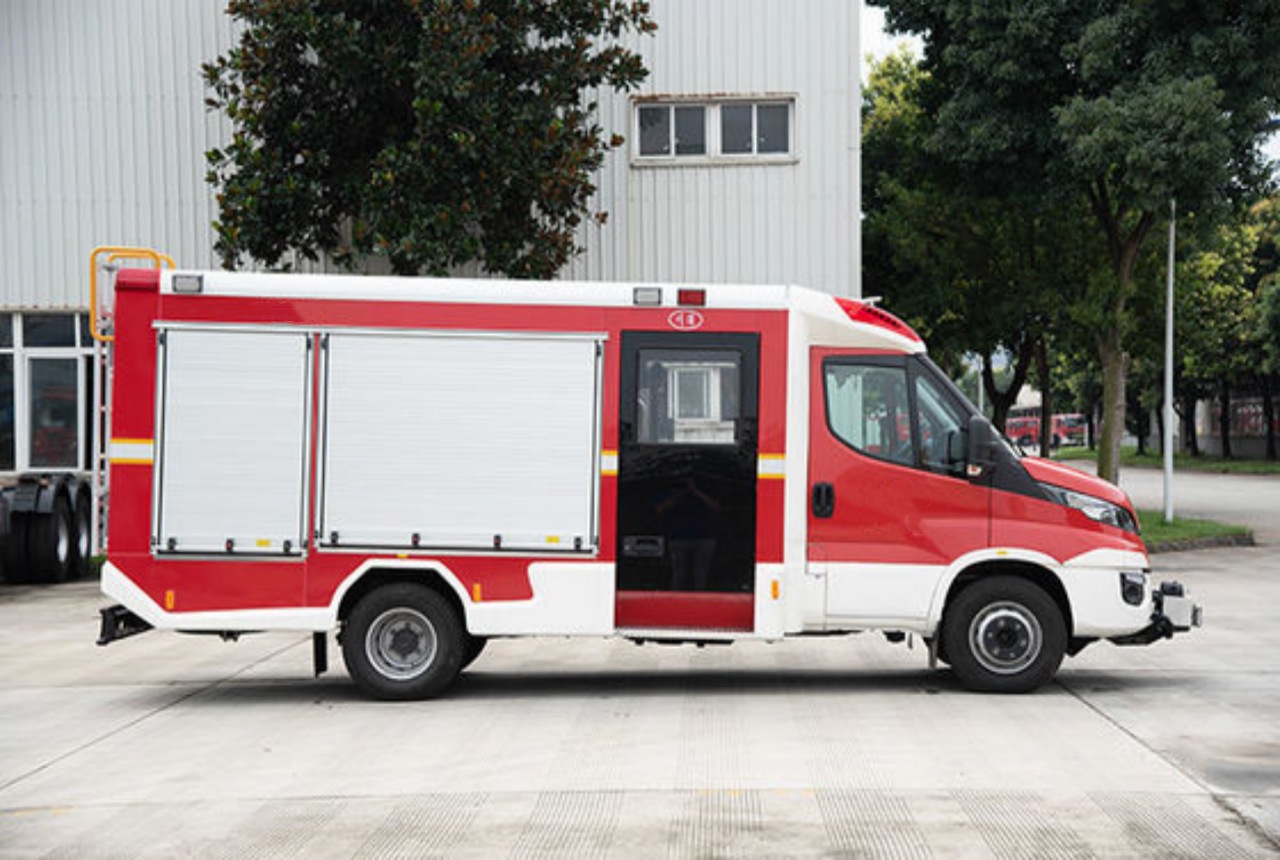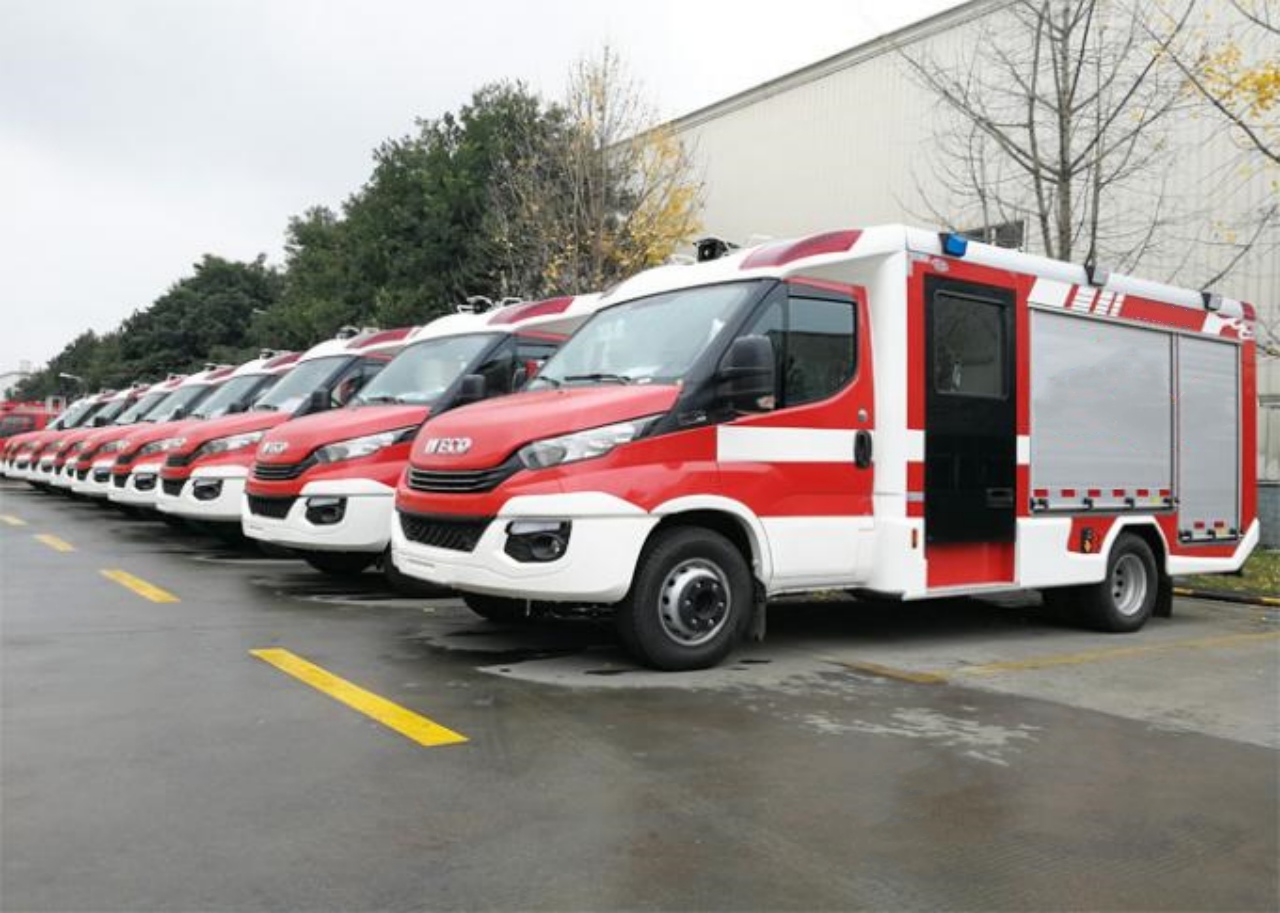Language has the fascinating ability to reflect cultural differences, even among countries that speak the same language. One such example lies in the term “fire truck.” While widely used in the United States, the British English equivalent differs slightly. So, what is the British word for fire truck?
The short answer is: “fire engine.”
But the story doesn’t stop there. Understanding why the UK uses “fire engine” instead of “fire truck” opens up a deeper exploration into history, language evolution, regional terminology, and even the design and operation of firefighting vehicles in Britain compared to those in other parts of the world. In this article, we’ll explore what makes a “fire engine” distinct in British terminology, how it compares to the American “fire truck,” and how the UK’s firefighting services have influenced the language they use.
Understanding the Terminology
In British English, the term “fire engine” is commonly used to refer to the vehicle deployed by fire and rescue services to respond to emergencies, particularly fires. These vehicles carry essential firefighting equipment such as hoses, ladders, water tanks, pumps, and breathing apparatuses. Sometimes, they are also referred to as “appliances”—a term frequently used by UK fire services internally.
By contrast, in American English, the term “fire truck” is more generic and includes various types of firefighting vehicles. However, in the U.S., there is also a specific distinction between a “fire engine” (which typically carries water and hoses) and a “ladder truck” (which focuses more on aerial operations with long ladders and other equipment).
So, while both the UK and the US use the term “fire engine,” the British prefer it as the default term, whereas “fire truck” dominates in general conversation in the US.
A Historical Perspective
The roots of this linguistic difference can be traced back to the early days of organized firefighting. In Britain, firefighting became formalized in the 19th century with the establishment of services like the London Fire Brigade in 1865. Early horse-drawn vehicles used to fight fires were termed “engines” due to their pump-driven mechanism. This term stuck around, and even as modern motorized vehicles replaced them, they continued to be called fire engines.
Meanwhile, in the United States, fire services evolved in parallel but with different nomenclature. The use of the word “truck” became more common as motor vehicles gained prominence. Over time, “fire truck” became the catch-all term used in American culture, including media, television, and educational materials for children.
Differences Between UK and US Fire Vehicles
While both countries share the common goal of effective firefighting and rescue operations, the vehicles themselves can differ due to organizational structures and operational needs.
In the UK:
- Fire engines (also known as pumping appliances) are multifunctional. They carry water tanks, high-pressure hoses, cutting tools, ladders, and medical equipment.
- A Water Tender Ladder or Pump Ladder is the most common type.
- Aerial vehicles (with ladders or platforms) are usually referred to by their function, like Aerial Ladder Platform (ALP) or Turntable Ladder.
- The term “appliance” is frequently used within the fire services. For example, a fire station might report, “We dispatched 2 appliances to the scene.”
In the US:
- Fire engines typically focus on pumping water and carrying hoses.
- Ladder trucks (or aerials) are often separate vehicles dedicated to carrying large ladders and performing high-access rescues.
- Terminology like “truck company” and “engine company” reflects functional specialization.
- The term “fire truck” is often used in public discourse to refer to any kind of fire apparatus, regardless of function.
Why the Difference Matters
You might wonder, does it matter whether we say fire engine or fire truck? While both terms refer to vehicles that serve similar functions, the distinction can be important in professional contexts. Firefighters, emergency responders, and international agencies need to communicate clearly, especially in joint operations or training programs.
Additionally, understanding the regional vocabulary helps when consuming media, traveling, or learning about emergency services. If you visit a British fire station and ask to see the fire truck, they’ll likely understand you, but you might be gently corrected with a smile: “Ah, you mean the fire engine.”
Cultural Influence and Public Perception
Children’s books and television shows play a major role in cementing terminology in everyday language. In the US, shows like Fireman Sam (originally a Welsh show but adapted for American audiences) were modified to use the term “fire truck.” Conversely, in the UK version, Sam and his crew use fire engines and refer to their vehicle by its British name.
Advertising, product branding, and media localization also adapt to the intended audience. A toy manufacturer might sell the same red vehicle as a “fire truck” in the US and a “fire engine” in the UK—even though the toy is identical.
Beyond the UK: Variations in Other English-Speaking Countries
It’s worth noting that British English isn’t just used in the UK. Many Commonwealth countries, such as Australia, New Zealand, and India, also follow similar naming conventions, referring to “fire engines” or “fire appliances” more commonly than “fire trucks.”
For example:
- In Australia, a standard firefighting vehicle might be called a “pumper” or a “fire engine.”
- In New Zealand, the term “appliance” is also widely used, similar to the UK.
So if you’re speaking British or Commonwealth English, “fire engine” is your go-to term. If you’re in North America, “fire truck” will probably sound more natural.
Conclusion
To answer the question simply: the British word for fire truck is “fire engine.”
However, that simple substitution opens up a window into deeper cultural and linguistic distinctions. It’s a reminder that English, while shared across many countries, is far from uniform. From the historical development of fire services to the design and operation of emergency vehicles, the terms we use are shaped by more than just language—they’re influenced by history, tradition, and function.
Next time you see a big red vehicle racing down the street, whether in London or Los Angeles, you’ll know exactly what to call it—and perhaps, more importantly, why that name matters.











